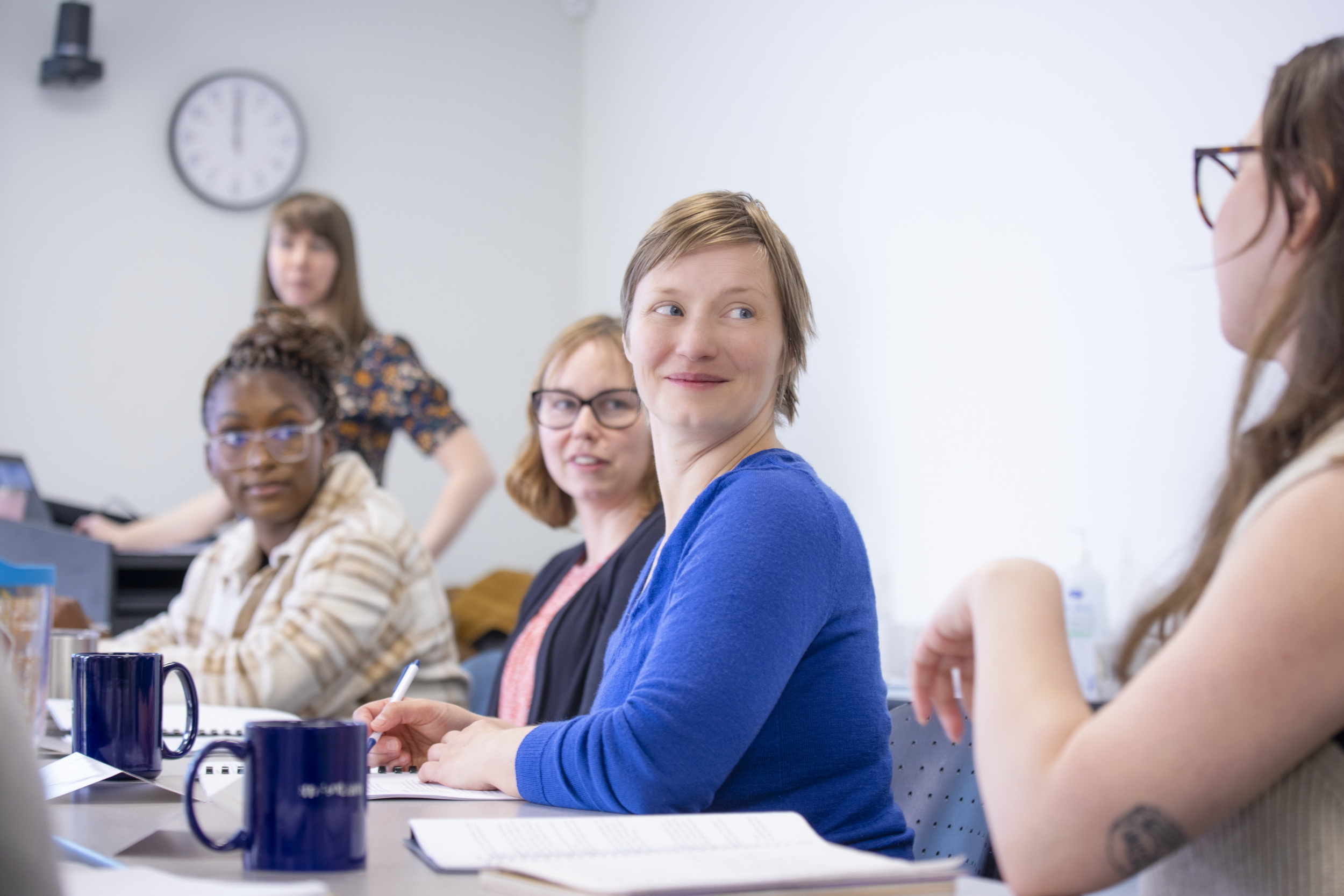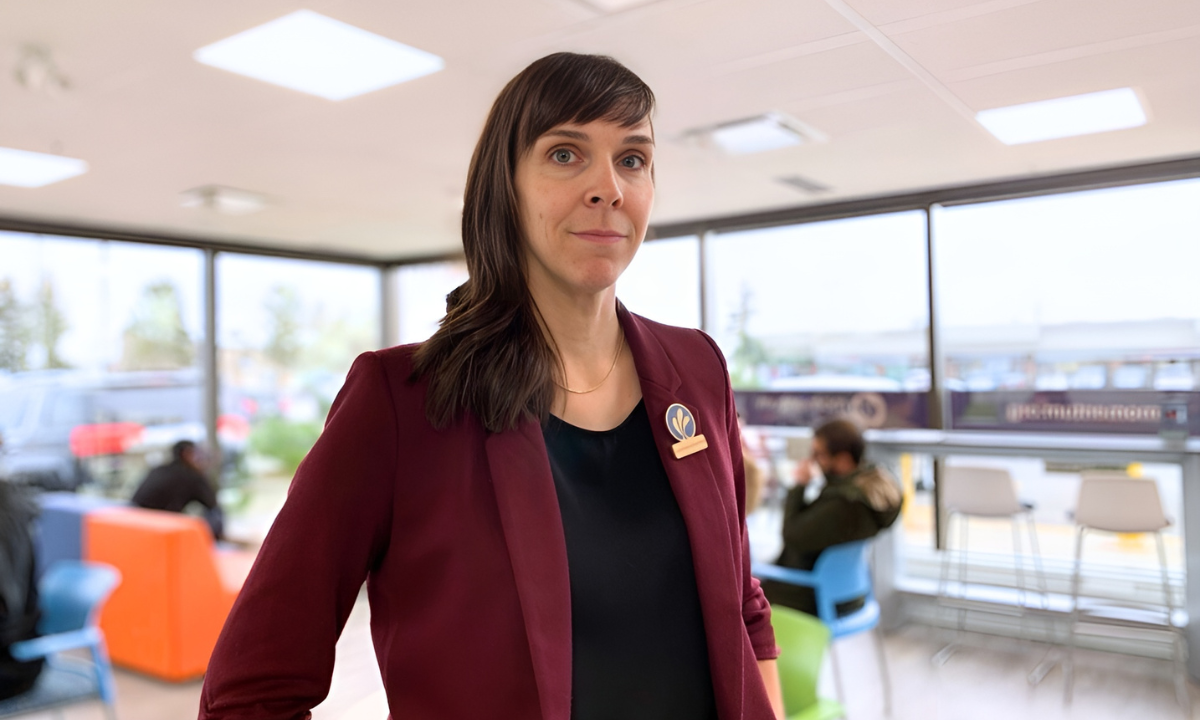Automatic enrollment into Canada’s Learning Bond gives low-income children easier access to education money
Why It Matters
Studies show students from low-income families have lower post-secondary enrollment rates. The Canada Learning Bond hoped to counter this trend, but uptake of the benefit has been low since it launched in 2004.

Daniel Olufowobi couldn’t wait to tell his friends about an exciting new program he discovered—and it wasn’t a new video game or app.
The Calgary teen just learned about a federal government benefit called the Canada Learning Bond, which gives children from low-income families money to start a Registered Education Savings Plan.
“It’s an opportunity for everyone,” said Olufowobi, who recently finished his first year as an undergrad in business administration and used the CLB benefit to help pay for his first year of education.
Olufowobi learned about the learning bond benefit through a financial literacy program called LearnSmart and would not have known about it otherwise. He was not surprised to learn that uptake for the benefit, which began in 2004, was relatively low.
“It should be more widely known,” he added.
In this year’s budget, the federal government announced automatic enrollment for all children born in 2024 and later. More details will be released later this summer.
Previously, families needed to apply for the bond, but many eligible children – 58 per cent in 2022 – never received it.
The benefit’s low uptake is one reason Momentum, a financial literacy and empowerment non-profit, advocated for automatic enrollment.
Momentum is part of Aspire, a financial empowerment collective that runs programs like LearnSmart.
Over 12 years, Momentum increased the uptake of the CLB from 20 per cent of all eligible Calgarians to 50 per cent.
“It’s incredible, but we realized we’re only halfway there. Clearly, there’s something more going on than just education,” said Courtney Mo, director of impact at Momentum. This led Momentum to embark on policy research to find ways to boost uptake of the benefit, and automatic enrollment was an obvious start.

The Canada Learning Bond program gives children from low-income families between $500 and $2,000 to start an RESP. The benefit is only available for post-secondary education; if unused, the funds return to federal coffers. Families are not required to make contributions to open an RESP.
Young people can retroactively access unclaimed benefits, which is what financial literacy programs like LearnSmart help with.
“The great thing is that the Canada learning and education savings can be used for almost any type of post-secondary education, trade, school or university. A diversity of programs and professional interests can really meet anybody’s needs in the future,” Mo said.
Olufowobi’s friends weren’t aware of the CLB, and he said many of them enrolled after learning about it from him. Automatic enrollment means future eligible children won’t need to enrol themselves.
However, for those born before 2024, information about the program will still need to reach those who can benefit from it.
He heard about the program through his sister, who is involved with the Calgary Immigrant Women’s Association.
“Things like this should be a focus in high school,” Olufowobi said.
“Some people are not willing to go to (post-secondary) school because of money, so advertising this in high schools would be a major advantage in bringing high school students into post-secondary institutions.”
Post-secondary enrolment tied to household income
Numerous studies over the decades show that across all provinces, university attendance of high school graduates was directly related to household income, and those numbers increased slightly as provincial and federal governments introduced student loan programs and grant programs to help offset the cost of post-secondary education.
In 2014, 47 per cent of students from the bottom income bracket attended post-secondary institutions compared to 79 per cent of their peers from the top income bracket, according to the most recent Statistics Canada data on this subject.
Non-profits focused on financial literacy recognized the need for more ways to support students from families with lower incomes to realize their potential.
Mo said the CLB gives students hope, knowing there is money set aside for them to use for post-secondary education, and it can be powerful and life-changing.
“It changes dinnertime conversations from ‘Not if you go to post-secondary,’ but ‘When you go to post-secondary,’” said Mo.
“Education savings are associated with higher high school completion rates. They’re connected to improve math and other academic scores,” Mo added.
YWCA Canada also offers financial literacy programs for youth that help them open RESPs and access CLB benefits.

“In the program that just ended (2023-24), we connected with 2,400 families in conversations around financial literacy, 88 per cent of those children registered,” said Amanda Arella, director of public policy, advocacy and strategic communications of YWCA Canada.
“We’re really happy to see that uptake, but we also heard about some of the challenges with the signup program,” she said.
The YWCA works with low-income, single-parent and newcomer families and said a gap in financial education is not the only barrier to accessing the CLB.
“We heard about negative experiences with financial institutions, reported feelings of intimidation, or people were receiving incorrect information,” Arella said.
“One of the common myths our staff heard from families is that there was some sort of financial requirement or contribution to access CLB, which is not true.”
“Families were asked to make monthly RESP contributions, and that is out of reach for many of the families we work with,” Arella said, adding that it deters families from opening RESPs.
The only requirement is to fit the low-income criteria, which can only be determined if families file taxes.
Not filing taxes the biggest barrier to accessing benefits
Like all government benefits, families can only access them if the government knows their income, which can only be determined by filing taxes.
“The challenge still remains for marginalized folks across a demographic spectrum where tax filing rates are very low,” Mo said.
There are many reasons why many low-income, newcomer, Black, Indigenous and racialized families do not file taxes, she explained.
“There can be mistrust of government, fear of owing tax money, confusion around how to tax file; there can be language literacy and computer literacy barriers. So for many people, tax filing is prohibitively difficult, so they don’t bother filing taxes.”

But when you’re low income, you’re much more likely to receive money from filing taxes, Mo said.
“Meaning, once you file your taxes, and the government can confirm your income level, then you’re automatically eligible and then move and a number of benefits and income programs.”
Hundreds of non-profits across the country offer free tax clinics in various languages for low-income families, but even then, there are significant barriers for the most marginalized.
Mo said automatic tax filing could help eliminate this problem.
This summer, the CRA plans to pilot a new automatic filing service to help people not currently filing taxes receive benefits.
According to 2020 data from Statistics Canada, 30 per cent of households with incomes below $79,000 did not file taxes the previous year.


